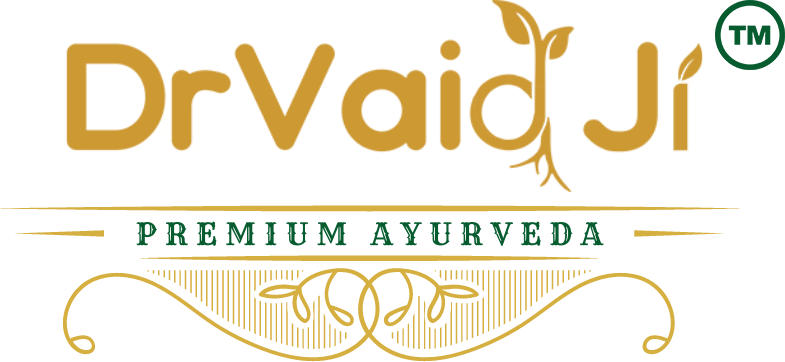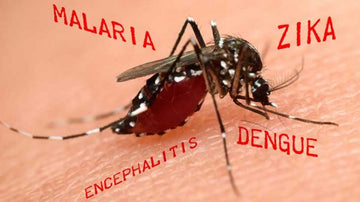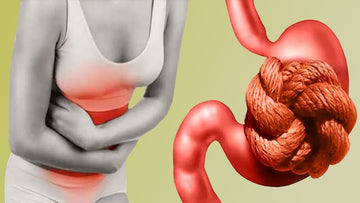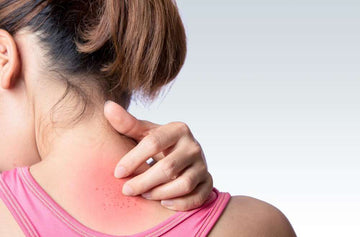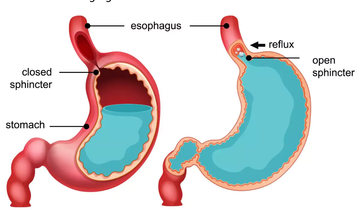
Cervical spondylosis is an age related degenerative disorder where the wear and tear affects the spinal disc in your neck. There is a gradual dehydration and shrinking of discs which lead to the development of bony spurs and thus leads to development of osteoarthritis. Cervical spondylosis is a very common disease which will deteriorate with age and more than 85% of people who are older than the age of 60.
SYMPTOMS
Usually there are not much symptoms but, when they do occur there is mainly stiffness and pain in the neck region.
Sometimes, there is also a narrowing of the spinal canal which is the space inside a vertebrae. This leads to the pinching of the nerve roots which results in:
- A sensation of tingling, numbness and weakness in the arms, hands, legs or feet.
- The lack of coordination and difficulty while taking a walk
- There could also be loss of bladder or bowel control.
CAUSES
As the age of a person progresses, due to the wear and tear process in a person's body there is a slow deterioration of structure of neck. These changes include:
- Dehydrated disks: The disks in the spinal cord acts like cushions between the vertebrae of the spine. By the age of 40, most people's spinal disks begin drying out and shrinking due to normal wear and tear associated with age. As the disks become smaller, there is more bone-on-bone contact between the vertebrae which causes issues.
- Herniated disks:Sometimes the cracks also appear on the exterior of the spinal disks. There is the soft interior of a disk which can easily be squeezed through these cracks. Then, it presses on the spinal cord and nerve roots causing pain and other symptoms.
- Bone spurs:As the disks break down, the body may produce extra amounts of bone in a misguided effort to strengthen the spine as a regenerative process. But, these bone spurs can sometimes pinch the spinal cord and nerve roots leading to pain.
- Stiff ligaments:Ligaments are cords of tissue that connect bone to bone in our body. Spinal ligaments can stiffen with age, making the neck less flexible thus resulting in issues.
RISK FACTORS
Some of the important risk factors are:
- Age: Cervical spondylosis is a common occurrence as a part of aging.
- Occupation: Jobs that involve repetitive neck motions, awkward positioning or a lot of overhead work put extra stress on the neck which causes issues.
- Neck injuries.Previous neck injuries appear to increase the risk of cervical spondylosis so you need to be cautious.
- Genetic factors.Some individuals in certain families will experience more of these changes over time due to their family history.
- Smoking has been linked to increased neck pain so, it should be avoided.
COMPLICATIONS
If cervical spondylosis severely compresses your spinal cord or nerve roots, the damage can be permanently so you need to take care.
GREEVA VASTI
Greeva vasti refers to the treatment where the medicated oils are poured and pooled for a certain amount of time in a compartment created at the nape of the neck using a wet flour of black gram, thus covering the cervical region.
To put it simply, greeva vasti is pain relieving oil pooling treatment conducted to resolve the neck pain. Here, basti or vasti is a term used for urinary bladder. It is a bag which holds urine for a certain amount of time till it's voided.
Similarly in greeva vasti a compartment is constructed over the back of neck area by using flour of black gram and the pain relieving medicated herbal oils are pooled and retained in this compartment for a fixed duration of time. Thus, the procedure is called greeva vasti.
In today's times people are getting workaholic which involves a continuous glued sitting position and lack of movements while being in this posture. In such people the problems of spine, muscles and skeletal tissues of neck and shoulders start arising and for these issues greeva vasti is very helpful.
BENEFITS:
- It relieves the burden of stress and congestion in nerves, bones and muscles of neck and shoulders.
- Improves flexibility and facilitates smooth movement.
- Improves circulation around the neck and shoulders.
- Helpful in relieving pain and stiffness.
INDICATION:
- Cervical spondylosis
- Cervical disc lesion
- Vertigo
- Tingling, numbness of hands
- Compression fractures
- Chronic pain in neck
- Frozen shoulder
